This mechanism creates positive opportunities, but also many barriers if competitiveness is not enhanced, production processes are improved, and international and environmental standards are met.
A lot of pressure
Over the years, the Vietnamese steel market has grown strongly and made an important contribution to the national economy . However, 2024 and 2025 will witness significant changes and challenges in the steel industry, depending on many internal and international factors.
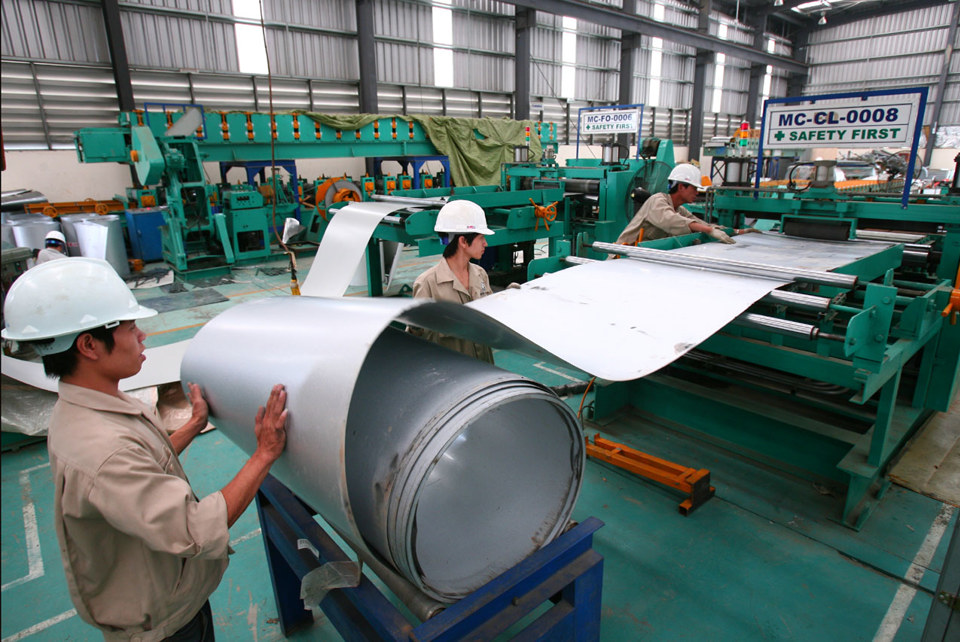
As one of the major steel producing countries in Southeast Asia. Large steel companies such as Hoa Sen, Hoa Phat , Viet Y Steel, Ton Dong A, Formosa are dominating in supplying steel for the domestic market and export. In which, Hoa Phat is the largest steel producer and leader in domestic steel market share, accounting for about 30% of the total steel output of the country.
However, many experts believe that domestic steel mills have large capacity, but are also facing a situation of excess production capacity, especially in recent years. This can create price competition and put pressure on the profits of domestic steel producers.
Since mid-September, domestic brands have repeatedly adjusted steel prices. Up to now, items such as CB240 rolled steel and D10 CB300 rebar have remained at 13.4 - 14 million VND/ton. The reason for this situation is that the global steel market has a clear downward trend. In addition, domestic steel prices have also decreased because steel companies have to compete with cheap Chinese steel as this country continuously lowers its steel export prices.
Trade defense lawsuits, with technical "barriers" against dumping, anti-subsidy, and self-defense that import markets have erected, have made the business situation of Vietnamese steel enterprises in the third quarter of 2024 more gloomy. According to the consolidated business performance report for the first 9 months of 2024 of Vietnam Steel Corporation (VNSteel), sales and service revenue in the third quarter of 2024 reached more than VND 8,800 billion - an increase of more than 10.1% over the same period in 2023. In the first 9 months of this year, sales and service revenue increased to VND 26,538 billion.
After-tax profit in the third quarter of this year was a loss of nearly VND124 billion, down from the loss of nearly VND172 billion recorded in the same period in 2023. With this loss, VNSteel ranked second in the industry, only after Hoa Sen (loss of VND186 billion). In the first 9 months of the year, VNSteel recorded a profit after tax of more than VND115 billion, while in the same period it lost VND453 billion.
Hoa Sen Group Joint Stock Company recorded net revenue of VND10,109 billion, up 25% over the same period last year. However, the cost of goods sold increased more sharply, causing the gross profit margin to drop to 8.4%, compared to the same period reaching 13.2%. Financial revenue brought the company nearly VND130 billion, up 12% over the same period.
All expenses increased sharply. Financial expenses increased by 59% to VND98 billion, sales expenses increased by 65% to VND909 billion, and management expenses increased by 98% to VND149 billion. The decline in gross profit margin combined with the sharp increase in expenses caused Hoa Sen to post-tax loss of VND186 billion, compared to the same period last year when it had a profit of VND438 billion.
Find a solution
General Secretary of the Vietnam Steel Association (VSA) Dinh Quoc Thai said that the Vietnamese steel industry, positioned as the second largest export market in ASEAN, exported about 3.1 million tons to Europe in 2023 with a value of 2.4 billion USD. The CBAM mechanism is and will have a strong impact on the Vietnamese steel industry, especially enterprises exporting to the EU, because of pressure from increased costs and additional financial burdens related to green transformation, digital transformation, and greenhouse gas emission inventory.
In terms of the entire economy, the impact of CBAM is not large, but for each industry and each enterprise, the decrease in export value is not a small number, increasing the pressure on enterprises. Survey data shows that the steel sector is likely to decrease about 4% in export value. The decrease in demand leads to a decrease in output of about 0.8%, along with the adverse impact on reduced competitiveness in the market.
The export value of the aluminum industry also decreased by more than 4% and output decreased by about 0.4%. For the cement and fertilizer industries, the impact is insignificant, but this does not mean that enterprises in this industry can be subjective because the expansion of requirements in the CBAM implementation mechanism is an inevitable trend.
Along with that, according to VSA's assessment of the domestic market, the steel industry is likely to have a weak recovery this year due to the difficulties in the real estate market that still exist (the largest steel-using sector in Vietnam), steel consumption is forecast to increase by 7% to 21.7 million tons, output can reach nearly 29 million tons, up 7% compared to 2023.
Many economists and analysts also believe that CBAM creates challenges but also opens up new opportunities for Vietnam. Vietnam needs a comprehensive strategy, from energy transition, supporting businesses to participating in international negotiations. By mastering technology and improving production processes, Vietnam can turn CBAM from a challenge into an opportunity for more sustainable development.
The Government and State management agencies need to have exchanges and agreements with partners from the European Union (EU) on the roadmap for developing Vietnam's domestic carbon market; establish and operate a domestic carbon market to offset carbon emissions; promptly issue guidelines, prepare businesses to respond, strengthen technical and institutional capacity to adapt to CBAM; participate in constructive dialogues with the EU and negotiate with the EU to create favorable conditions for Vietnam; improve the policy framework on decarbonization such as phasing out coal power, promoting renewable energy, energy saving, etc.
Currently, Vietnamese enterprises can only provide information on emissions during the production and processing of goods, while CBAM requires information on emissions data in both input materials and production. Thus, identifying CBAM requirements is also one of the important issues that enterprises need to implement in order to promptly implement measures to adapt to the requirements when wanting to implement CBAM with their export products.
Ms. Pham Phuong Linh - Expert of Technical Support Project on CBAM Impact Assessment, Energy and Environment Consulting Joint Stock Company
Source: https://kinhtedothi.vn/nganh-thep-truoc-thach-thuc-tu-co-che-dieu-chinh-bien-gioi-carbon.html


![[Infographic] Notable numbers after 3 months of "reorganizing the country"](https://vphoto.vietnam.vn/thumb/1200x675/vietnam/resource/IMAGE/2025/10/4/ce8bb72c722348e09e942d04f0dd9729)




![[Photo] General Secretary To Lam attends the 8th Congress of the Central Public Security Party Committee](https://vphoto.vietnam.vn/thumb/1200x675/vietnam/resource/IMAGE/2025/10/4/79fadf490f674dc483794f2d955f6045)


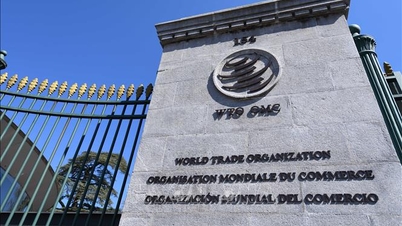

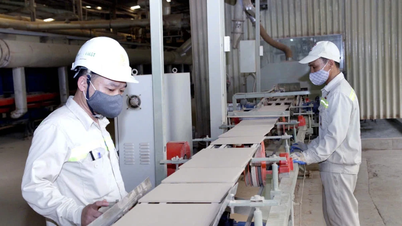

![[Photo] Students of Binh Minh Primary School enjoy the full moon festival, receiving the joys of childhood](https://vphoto.vietnam.vn/thumb/402x226/vietnam/resource/IMAGE/2025/10/3/8cf8abef22fe4471be400a818912cb85)
![[Photo] Prime Minister Pham Minh Chinh chairs meeting to deploy overcoming consequences of storm No. 10](https://vphoto.vietnam.vn/thumb/402x226/vietnam/resource/IMAGE/2025/10/3/544f420dcc844463898fcbef46247d16)
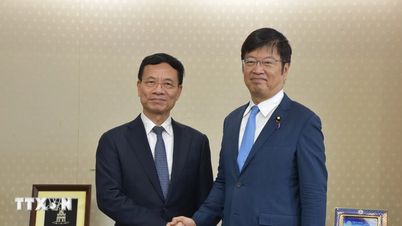



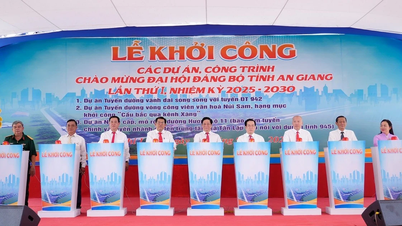















![[Photo] Prime Minister Pham Minh Chinh chairs meeting to deploy overcoming consequences of storm No. 10](https://vphoto.vietnam.vn/thumb/1200x675/vietnam/resource/IMAGE/2025/10/3/544f420dcc844463898fcbef46247d16)
![[Photo] Students of Binh Minh Primary School enjoy the full moon festival, receiving the joys of childhood](https://vphoto.vietnam.vn/thumb/1200x675/vietnam/resource/IMAGE/2025/10/3/8cf8abef22fe4471be400a818912cb85)




































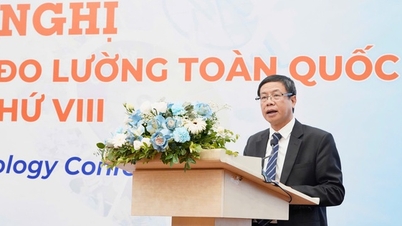







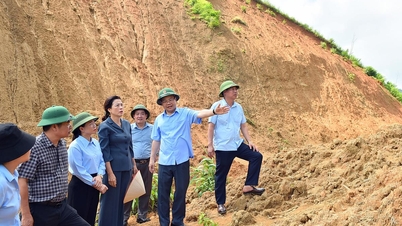
























Comment (0)